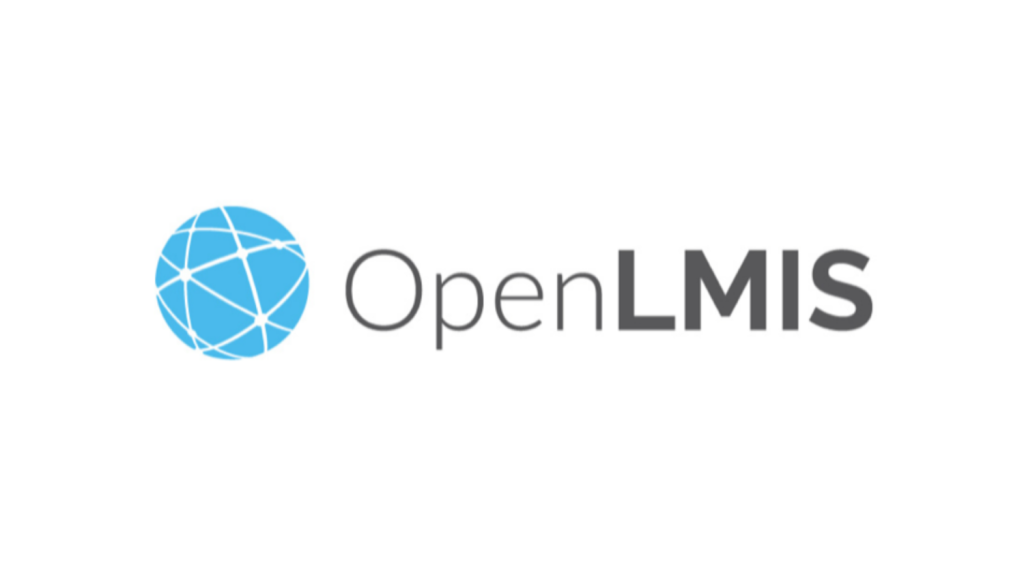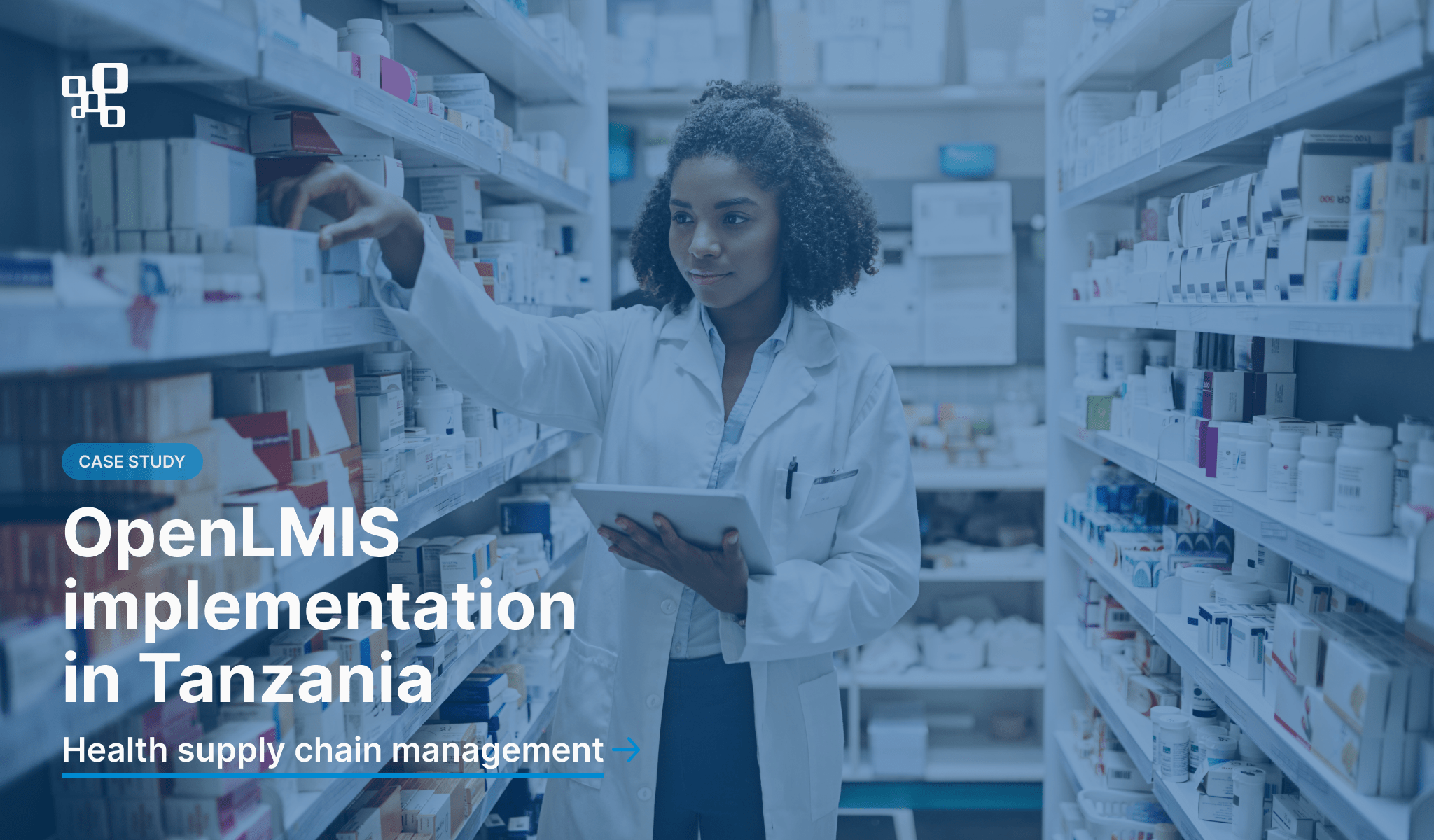


SolDevelo developed new features for the OpenLMIS implementation in Tanzania to support the local health supply chain, and contribute to building strong, reliable structures for medication demand forecasting.
The Client
SolDevelo worked with Guidehouse, a global provider of consulting services to the public sector and commercial markets, specializing in management, technology, and risk consulting.
The project was developed as a part of the USAID Global Health Supply Chain Program, dedicated to building strong health supply chains in remote, underserved regions of the world. The development and implementation were conducted with support of the Ministry of Health in Tanzania.
OpenLMIS
OpenLMIS is an open-source, cloud-based Logistics Management Information System (LMIS). Its purpose is to automate supply chain management in low-income countries, supporting the digital transformation, and fostering a time- and resource-efficient approach in local communities.
As a long-time contributor, SolDevelo has gained a lot of experience in the development of the OpenLMIS project, and therefore was chosen as a suitable collaborator for the Tanzania implementation.
The Challenge
We were challenged to create two new functionalities for OpenLMIS:
- Monthly TB Form – supporting supply chain managers in calculating monthly tuberculosis (TB) medication demand.
- Automated Bottom-Up Quantification – supporting medication demand forecasting on every level of the supply chain.
Both functionalities were present in the 2nd version of the system. Our task was to build, design and implement them in the current, 3rd version of OpenLMIS. The new features were created specifically for the Tanzania implementation. However, it was required for them to be compatible with the core system, in order to be applicable in other contexts in the future.
The Solution
Our team consisted of a Team Leader, Project Manager, QA, UX/UI designer, and frontend and backend developers, including people highly experienced in the development of the OpenLMIS core system.
Core system integration
Since the features were developed for the 3rd version of openLMIS, but was also required to be integrable with the core system, the team needed to be careful and considerate with every decision. The seamless integration required a lot of work from our QA and development team that engaged in predicting all possible scenarios, and preventing possible compatibility issues.
Monthly TB Form
The Monthly TB Form feature is dedicated to helping supply chain managers in their work. It focuses on calculating the monthly tuberculosis medication demand. The feature is composed of two tabs:
Patients tab
A form focused on TB patients. It allows the user to enter the number of patients of different types, ages, stages of treatment, etc. for a chosen month. Based on the data provided, the system will calculate the quantity of medication required, considering the different needs of different patients.
Priority drugs and medical supplies tab
Based on calculations, the system generates a list of medications with the required quantity. The user can verify the generated data. Additionally, they can enter the stock on hand available in the facility. The system will then calculate the demand based on all provided data.
Once approved by the user, the form is passed on to the district level institution, where it is verified. At this stage, the form can be accepted or rejected, depending on the situation and supply capabilities of the district.
Automated Bottom-Up Quantification
The Automated Bottom-Up Quantification is a feature focused on supporting the medication demand forecasting processes in the high level institutions.
The system collects data regarding the medication consumption within the facility in a chosen period of time. It gathers in one place all the pieces of information that otherwise would be scattered throughout the whole system. The generated report can be downloaded in a CSV file.
The user can verify the outcome and modify it, according to the situation (e.g. if the user has additional data that was not included in the system, and therefore is missing from the report).
Next, based on the gathered data, the user can fill in their forecast for the medication demand for a certain period of time.
The system also provides a cost forecasting feature. It calculates the total cost of all medications included in the forecast. The user can fill in the facility funding sources, and receive the information on the funding gap, considering all the provided data. After the forecasting is submitted by the facility user, it is passed on to the higher level institution.
The feature is designed to move through the entire workflow, from the facility level, through district and region, up to the highest institutions, including the Ministry of Health. On each level the forecasting is verified, and can be accepted or rejected, based on the situation.
The Result
We’ve been working on the project from June to October 2023. Both requested features were successfully developed and implemented.
We worked in Scrum and Agile, and put a lot of effort into regular and efficient communication with the client. Every two weeks, we held a Sprint Review meeting to share our progress. We were also having a Requirements Clarification meeting once a week. In the second phase of the project, we were also meeting two times a week for a technical standup.
All the actions mentioned above were implemented with the project’s best interest in mind, allowing our team to stay in contact with the client, and quickly adapt to the requirements.
We worked mostly in React, especially in case of the Automated Bottom-Up Quantification feature, with the aim of modernizing the system. To maximize the quality of the project, we’ve engaged our UX/UI designer, who prepared mock-ups for the Automated Bottom-Up Quantification feature. We’ve also worked closely with our QA specialist, who made sure the new features meet required standards, and are compatible with the core system.
Throughout the project duration we were heavily relying on our experience with OpenLMIS, which turned out to be essential in a number of situations. We’ve provided test cases including test steps and expected behaviors to increase the quality of the system. We were also involved in setting up the application according to the client’s requirements. We’ve handled some of the customization and authorization settings, ensuring that the system is accessible and secure.
To further support the client, we’re also preparing a tutorial video on how to use the newly developed features.
SolDevelo has been involved in OpenLMIS development for many years, and we’re honored to be a part of this valuable initiative. Using our skills and experience to build and design new features that support supply chain officials in their work allows us to contribute to the positive change that will impact the lives of many.













